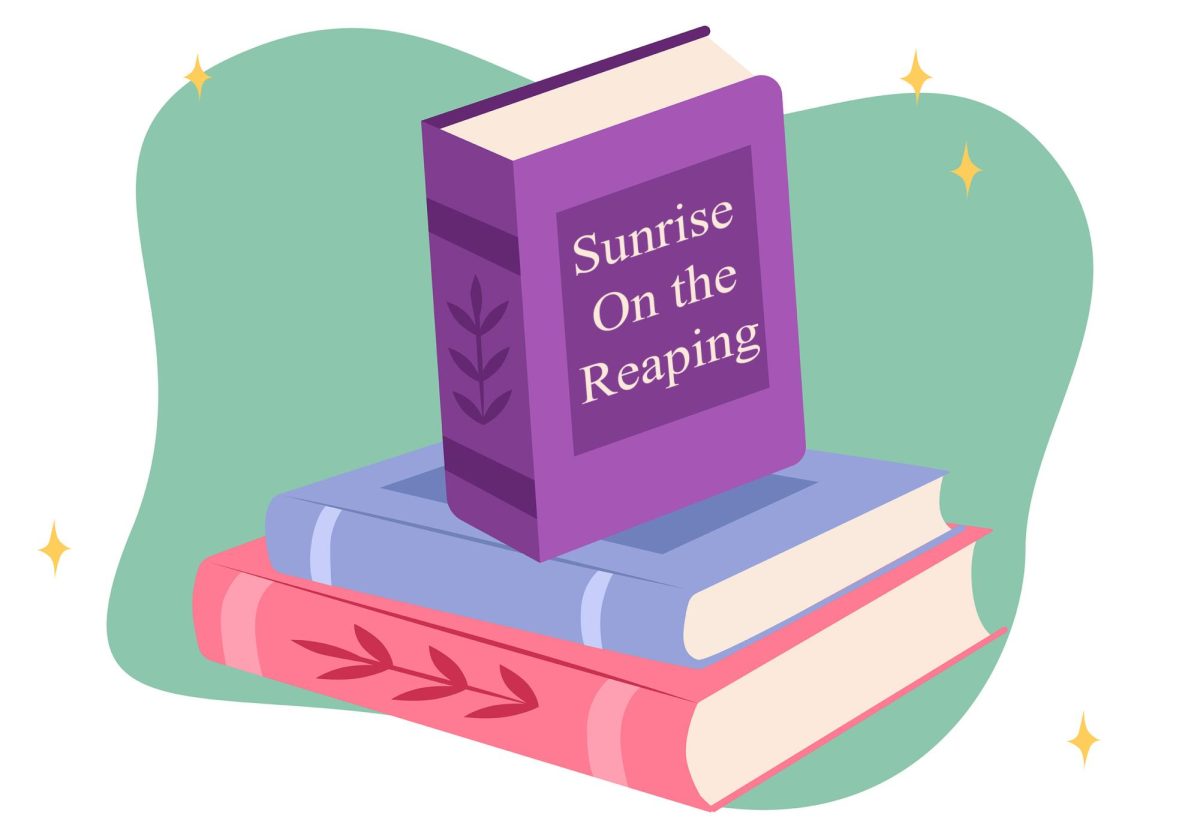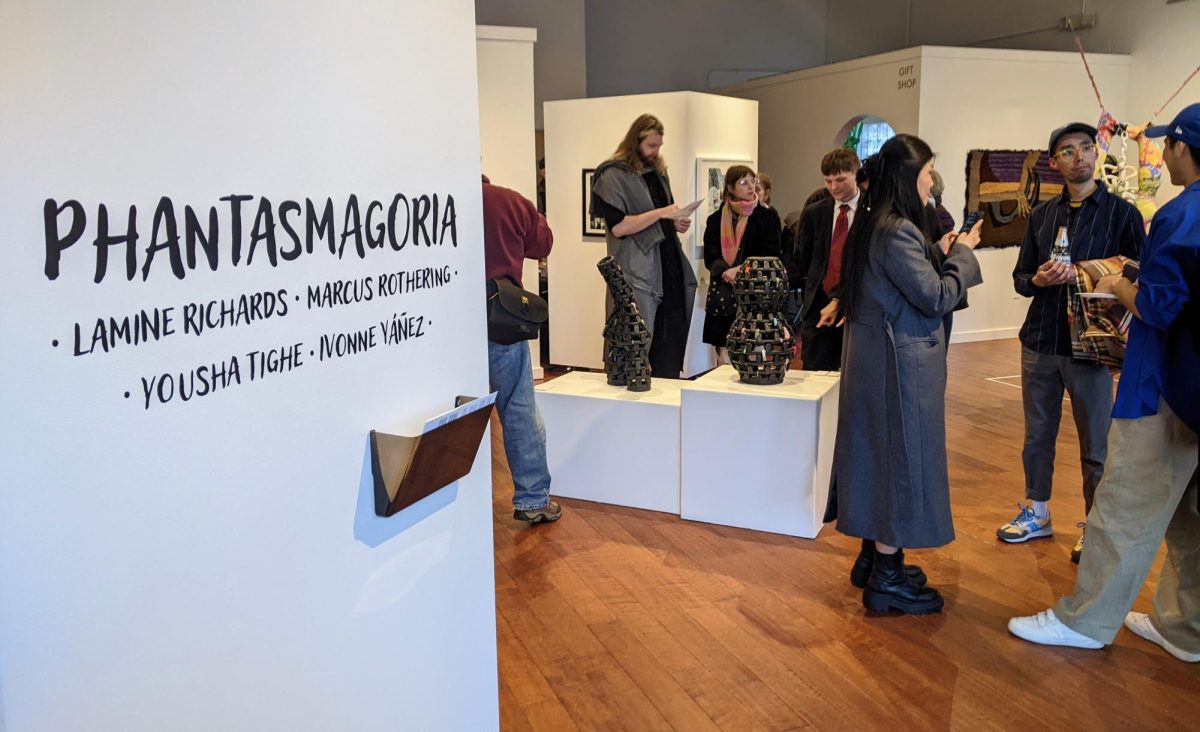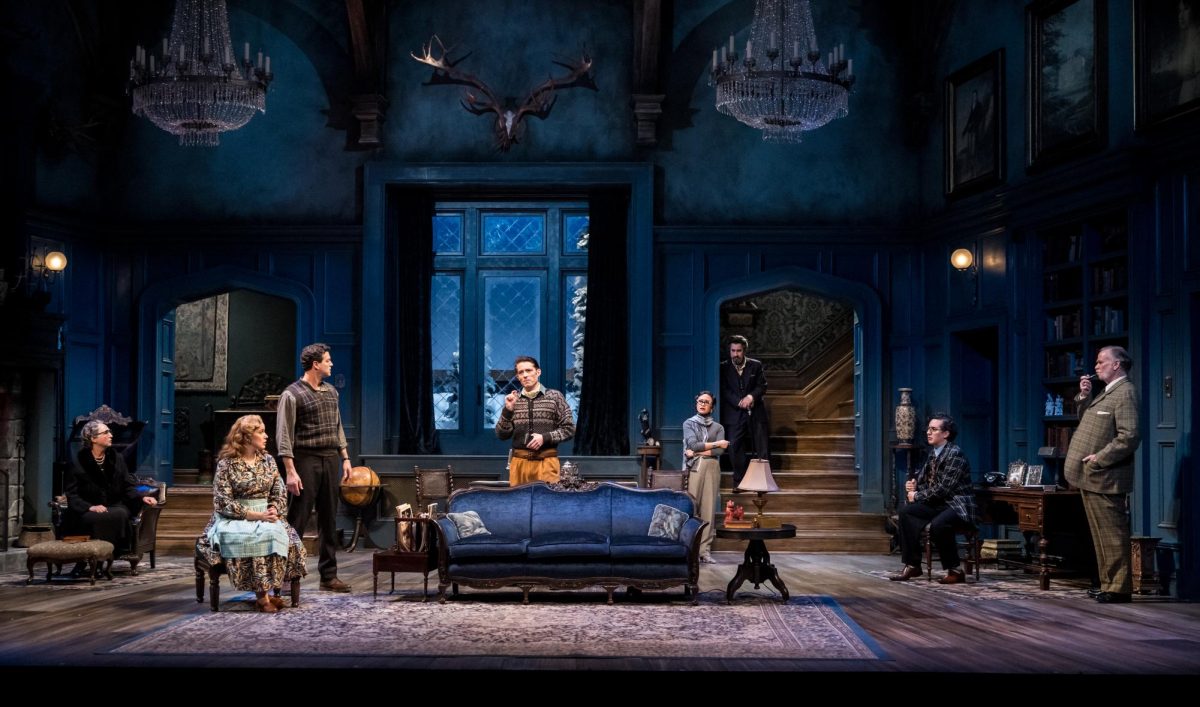There are the filmmakers everyone knows, and then there are those everyone should know.
Benoit Jacquot falls into the second camp.
Thanks to this year’s Minneapolis-St. Paul International Film Festival, however, Twin Cities film buffs will get their chance to not only become familiar with Jacquot’s work but also meet the man.
Jacquot, a personal favorite of Jamie Hook, Minnesota Film Arts executive director, will be appearing in person tonight at the Riverview Theater to present and discuss his most recent film, “A Tout de Suite.”
It is the premiere event in a special Jacquot series at this year’s festival, which features a total of seven Jacquot titles, including “Tosca,” “A Single Girl,” “The Disenchanted,” “Sade,” “Seventh Heaven” (9:45 p.m. Saturday at the Oak Street Cinema) and “School of Flesh” (7:15 p.m. Sunday at the Oak Street Cinema).
“A Tout de Suite” parallels many of Jacquot’s other works, which seem to exist in a cinematic vacuum, free of the chaotic stories, contrived characters or rushed pacing that seem to be prerequisites for most mainstream films nowadays.
Perhaps this is why Jacquot has been absent from U.S. movie screens and even from the minds of devoted film students and cineastes at the University.
In his widely known “A Single Girl,” Jacquot shatters traditional narrative for a 90-minute, real-time documentary of a day in the life of a French woman. Not exactly a profit-oriented concept.
In tonight’s stylized, black-and-white “A Tout de Suite,” Jacquot brazenly keeps his characters at arm’s length, never bridging the distance between them and the viewer. This makes the film both endlessly tantalizing and excruciatingly infuriating.
But one thing’s for sure: It’s never boring.
The film follows the teenage Lili (Isild Le Besco) for a few weeks as she seems to grow and mature in front of our eyes. At first a romance, then a thriller, then a bleak coming-of-age tragedy, “A Tout de Suite” is, in retrospect, an extremely contrived film. But the twists in the road are only used to provide a deeper glimpse into how Lili and her aloof boyfriend relate to each other under stress.
Midway through the film, Lili and her lover visit a photo booth (the emotional part) in hopes of forging passports (the contrived part). Lili insists they shoot an additional roll of pictures together, as mementos of their love.
Every frame shows the same image: a distant, seemingly angry boy and a smiling, giggling, affectionate girl.
The enigma of those photos is the enigma of this film. Who are these people, what are they really feeling and what did they ever see in each other – or in this lifestyle – in the first place?







